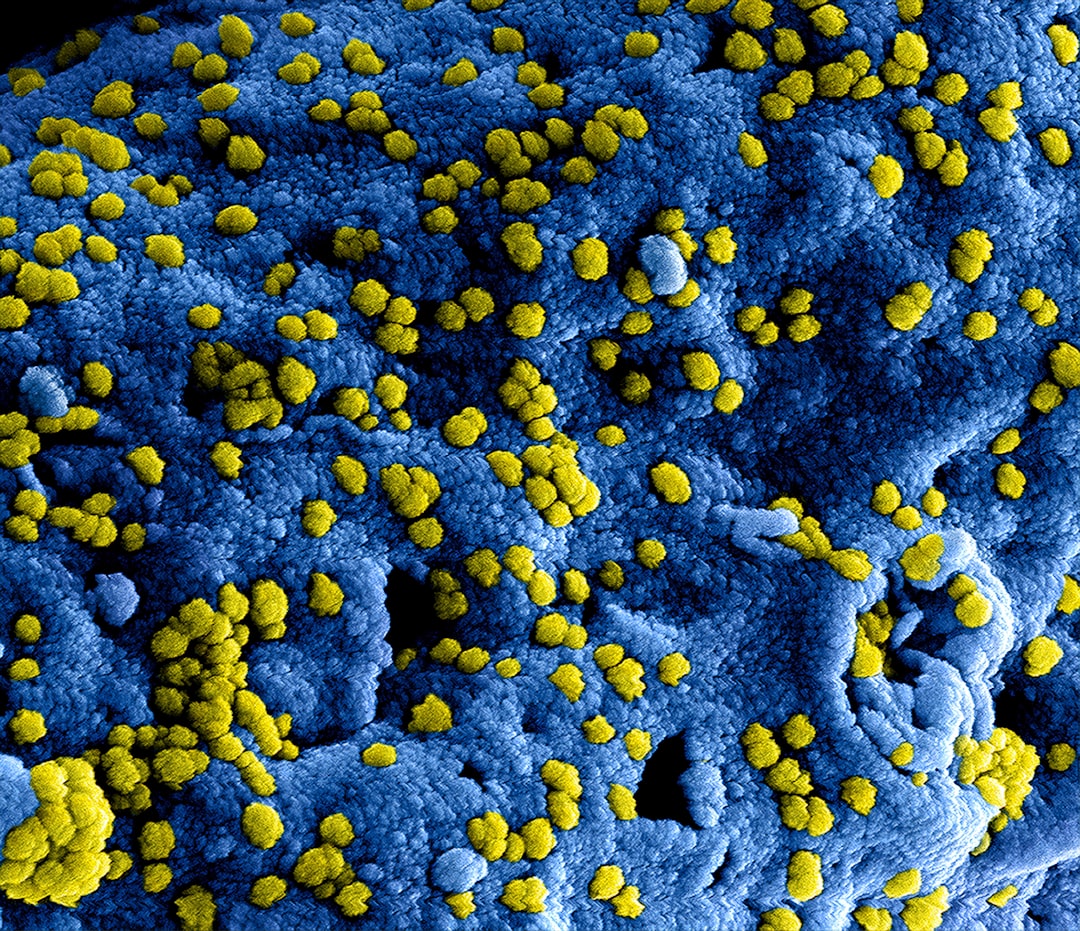What is it about?
In an effort of generalization of a previous study on maize, we investigated the distribution of genes in the genomes of two other Gramineae, rice and barley, and used a new set of probes to study further the gene distribution of maize. We found that the distribution of genes in these three genomes is basically similar in that all genes, except for ribosomal genes and some storage protein genes, were located in gene spaces that (i) cover GC ranges of 0.8%, 1.0%, and 1.6% and represent 12%, 17%, and 24% of the genomes of barley, maize, and rice, respectively; (ii) are due to a remarkably uniform base composition in the sequences surrounding the genes, which are now known to consist mainly of transposons; (iii) have sizes approximately proportional to genome sizes, suggesting that expansion–contraction phenomena proceed in parallel in the gene space and in the gene-empty regions of the genome; and (iv) only hybridize on the gene spaces (and not on the other DNA fractions) of other Gramineae.
Featured Image
Why is it important?
This study has been important to generalize the model of anisotropic distribution of genes observed in maize to other species from the Gramineae family.
Perspectives
This study suggests that the compositional features of DNA are relativelly conserved between species inside a same family. This concept should be more deeply investigated given its significance for plant evolution and taxonomy.
Nicolas Carels
Oswaldo Cruz Foundation
Read the Original
This page is a summary of: The distribution of genes in the genomes of Gramineae, Proceedings of the National Academy of Sciences, June 1997, Proceedings of the National Academy of Sciences,
DOI: 10.1073/pnas.94.13.6857.
You can read the full text:
Resources
Contributors
The following have contributed to this page










